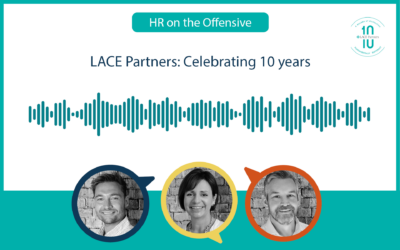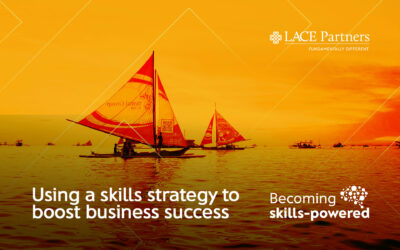Like Paris Fashion Week, Paris HR Tech promised to showcase the best and brightest from the 2017 HR Spring/Summer collections. But did the spectacle wow me? Sadly not.
Here’s what I made of it all:
My hopes were high
Like the established Parisian fashion houses, the grand old ladies of HR, Oracle, Workday and SAP SuccessFactors were poised to show. As were the fresh young talent, labelled ‘Disruptive Technologies’ by Vogue HR.I agonised over the schedule, prioritising my ‘must-sees’ over my ‘nice-to-haves’. In the hopes of finding a hidden gem, I dedicated half a day to up-and-coming technology, backing my fellow millennials.
I expected to come away with a notebook overflowing with potential clients and fresh technology that I just couldn’t live without. I was ready to be inspired by people’s vision and foresight, and by the way thought leadership was reimagining the employee experience. And I was primed to be moved by the ways technology can be harnessed to nurture communities of employees.
‘Disruptive Technology’ failed to impress
I don’t want to be unduly hard on my millennial peers, but if you have an idea and know how to code, it doesn’t necessarily mean you should create an app.
Take the case of the app designed to encourage managers to have regular 1-2-1 meetings with their employees. We all agree 1-2-1 meetings are invaluable, so an app that motivates and reminds you to set them up seems sensible.
But what happens when a manager gets busy and bumps the employee for something more pressing and important? What sets such an app apart from Outlook, other than a pretty interface? I’d wished for more.
I found a few hidden gems
Like discovering a vintage Chanel handbag buried in the back of second hand shop, I stumbled across a resonating perspective on how to successfully deliver change, thanks to Costas Markides.
Many speakers touched on the topic, but Costas made it tangible. He stressed the need to communicate change in a way that triggers behavioural change. And he used evidence and examples to back up his argument. Packing a punch, he used the mantra: ‘change or die’.
‘Change or die’ makes a lot of sense. Instinctively, it seems like a simple choice. But Costas explained that, six months after lifesaving heart surgery, 90% of patients return to the original behaviours that lead them to the operating table in the first place. Only 10% change their behaviour for the long term, increasing their chance of survival.
So why does change stick for some, and not for others? Costas helped us to see that it comes down to the way you frame and communicate the necessary change. How do you make it ‘necessary’ to your audience?
The trick is to present it as an ‘opportunity with urgency’, not ‘an imminent threat’. So, you tempt someone with the prospect of living a pain-free life and growing old with their family, and present changing how they eat and live as the way to unlock that. You don’t ask them if they want to die.
It’s not an exact science. The artistry comes in finding the right way to articulate an ‘urgent opportunity’ as opposed to the ‘imminent threat’.
For me HR Tech wasn’t about the latest trends and wares. It was about uncovering classic change theory amidst the fads.
Rachel Mawson, LACE Senior Associate






